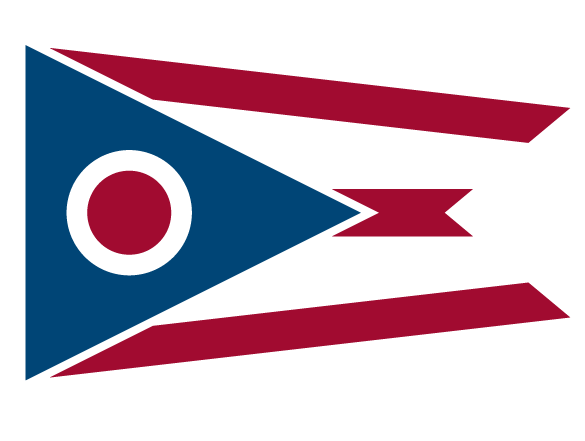
Rivers and streams in our part of the world have four main functions in the landscape. First, and most obviously, they convey water downstream. From the ground water that feeds their base flow to the surface runoff they receive during storms, this is their most apparent function. All too often, however, this is the only function that we consider when making decisions about maintaining backyard streams. By failing to consider the remaining functions of streams – to transport sediment downstream, to transport woody debris downstream, and to provide habitat for aquatic life – we are left to take incomplete and sometimes incorrect management actions.
One of the most common misconceptions that we encounter while providing technical assistance to landowners and municipalities is that all trees, limbs and other woody debris that fall into the stream channel need to be removed. This is seldom the case. In fact, many urban streams actually suffer from a lack of large woody debris (LWD), which benefits the stream environment in many ways.
Primarily, LWD promotes increased diversity in stream channels. It creates diverse directions and speeds of flowing water, which in turn leads to enhanced development of pools and riffles within a stream channel. Well-formed pools and riffles, and varying water currents are essential habitat for the great diversity of fish, bugs and other stream-dwelling aquatic life that we expect to find in healthy streams. Furthermore, the LWD itself provides in-stream cover for fish, and the leaves and other detritus that collect around woody debris provide food and shelter for the microbes and macroinvertebrates that sustain the stream ecosystem.
In addition to their ecological benefits, LWD such as log jams play an important hydrologic role, especially in stream channels that are impacted by excess runoff (so, almost every single stream channel in Greater Cleveland). LWD creates roughness in the channel, which slows stream flow, reducing its erosive force. They can also raise the water level, allowing elevated stream flows to access the floodplain, which provides flood storage and dissipates the stream’s erosive energy. This is especially important in stream channels where the stream bed has been eroded and downcut, thereby disconnecting the stream from the floodplain during most flow conditions.
Because of all these benefits, full or partial removal of a log jam or other large woody debris should only be considered if:
- the blockage creates a significant impoundment/pool during low-flow conditions,
- the stream channel begins to erode/create a new channel around the debris, and this channel movement threatens nearby infrastructure, such as buildings, roads or utility lines,
- the debris backs up water in such a way that it causes flooding of nearby infrastructure, and/or
- the debris is located at a culvert, bridge or other in-stream structure.
If removal of the woody debris is determined to be necessary, then these guidelines should be followed in order to protect the stream channel and aquatic health:
- only remove as much woody debris as necessary to meet your objectives,
- keep heavy equipment out of the channel,
- perform work only during low-flow conditions,
- place removed material outside of the floodplain, and
- cut leaning and fallen trees in such a way as to leave the roots in place, where possible.
The Union Soil and Water Conservation District and the United States Department of Agriculture (USDA) prohibit discrimination in their programs based on race, color, national origin, sex, religion, age, disability, political beliefs, and marital or familial status.
 An official State of Ohio government website.
Here's how you know
An official State of Ohio government website.
Here's how you know

